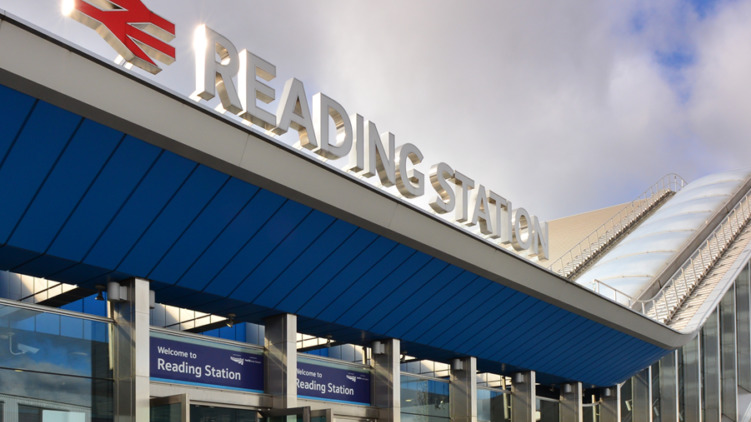
Atkins, Cardiff University and Network Rail have developed a digital twin of Reading station in a bid to cut emissions and improve its energy performance.
With data from sensors and computer modelling establishing baselines for energy consumption and carbon emissions, Cardiff University’s Computational Urban Sustainability Platform has been used to map ways to improve the station’s performance via energy efficiency measures. Further possible changes and the potential impact this could have on making additional energy savings will also be explored.
Using historical data and modelling, a number of opportunities have been identified that are predicted to produce a 20% improvement in the station’s carbon emissions and energy performance, including:
- improved lighting controls such as dimming when an area of the station is not in use; and
- turning off machinery, such as escalators, when not in use or overnight when train services are not in operation.
In addition to the data being collected by the sensors, passenger numbers and research on passenger and station-user behaviour will also be recorded to understand how identified energy savings might impact their safety and experiences when in the station.
A twin for every station?
It is hoped that this technology will be rolled out across the rail network.
Adam De Benedictis, Network Rail regional energy & carbon manager, said: “We’re delighted to be working with Atkins on this innovative project, which will help us gain a better understanding of complex assets – such as Reading station – and their predicted performance, allowing us to confidently identify and deliver energy efficiency measures and ultimately manage our assets effectively.”
Nick Tune, technical & technology director at Atkins, said: “This is an important milestone as we look to harness data and technology to improve delivery at every stage of an asset’s life.
“Digital twins are the centrepiece of this shift, which is giving us the information needed to not only identify opportunities to improve an asset’s energy performance but to also interrogate future scenarios, explore further recommendations and tell us how those interventions will work with an unprecedented degree of certainty.”
Don’t miss out on BIM and digital construction news: sign up to receive the BIMplus newsletter.












